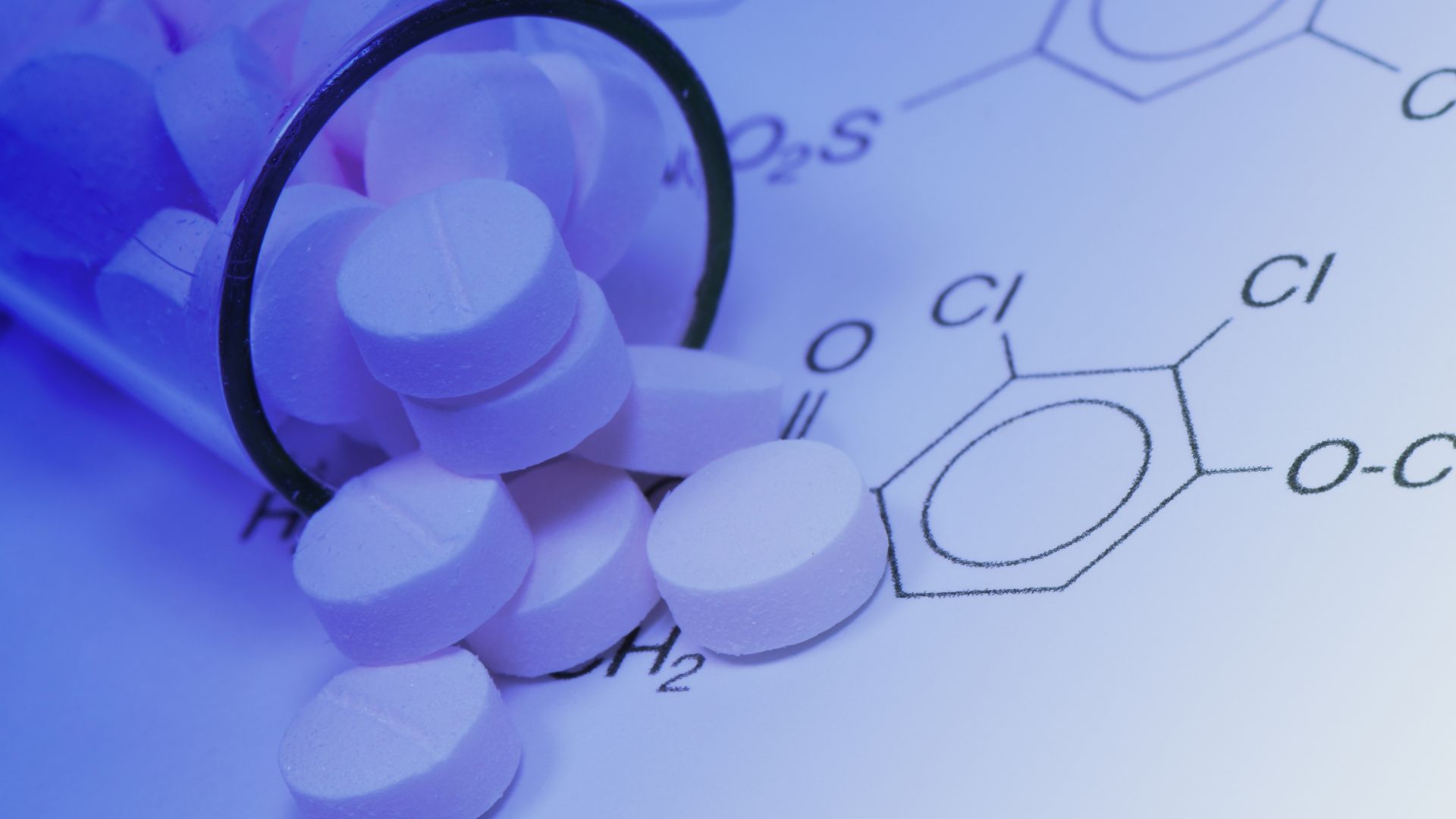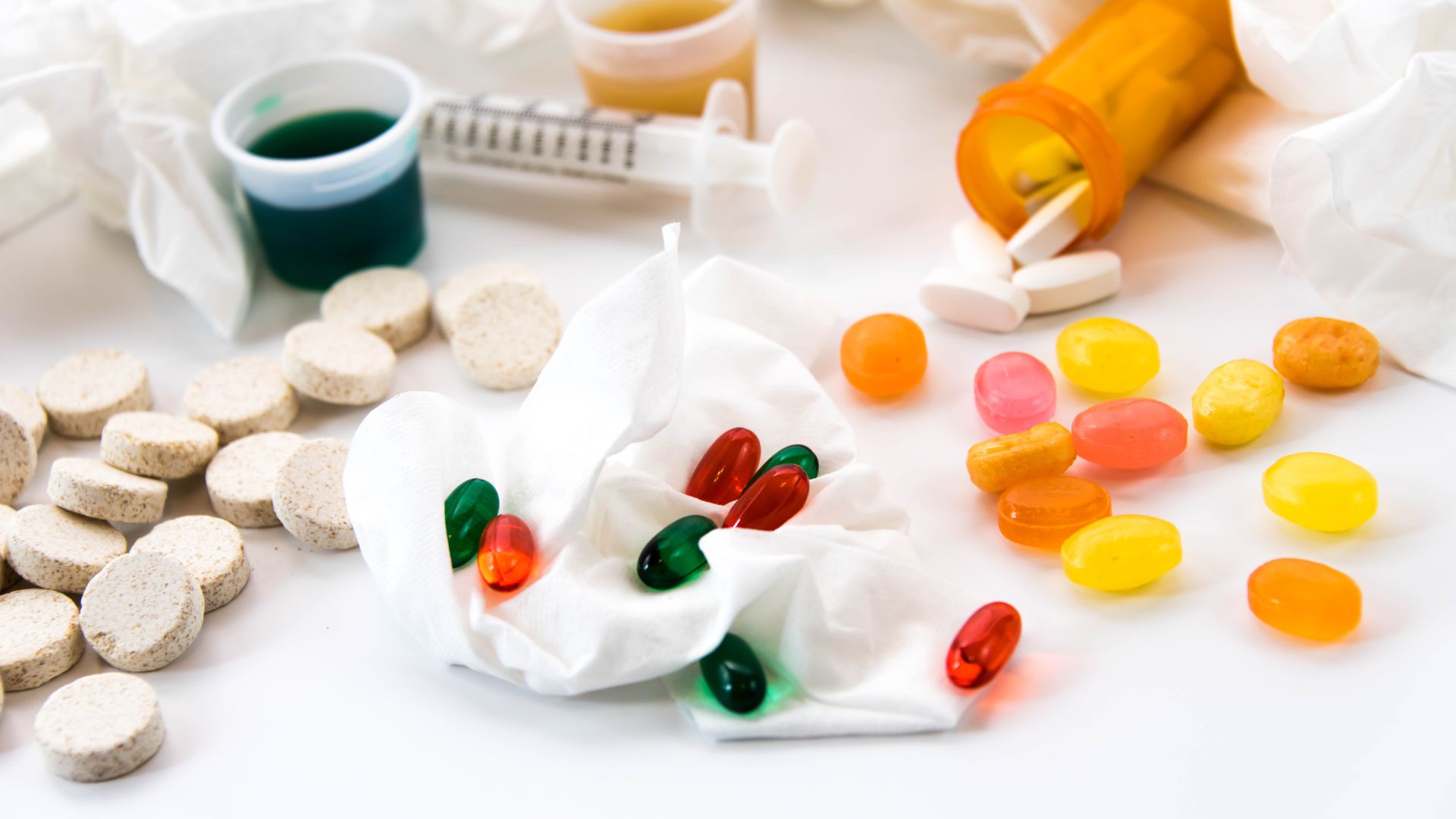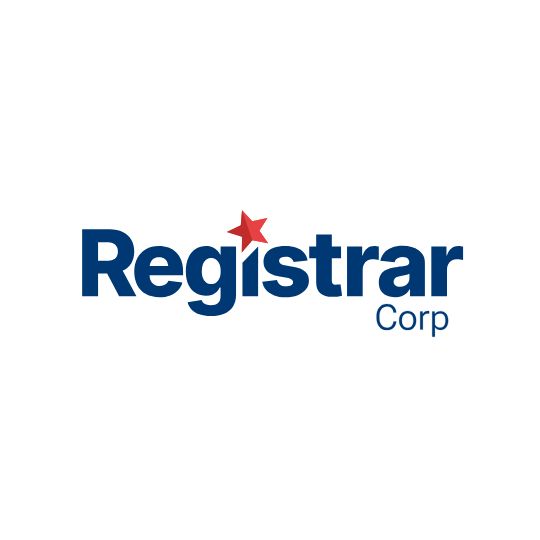Bringing a new drug to market has long been associated with multi-year timelines, exorbitant development costs, and regulatory hurdles that require a mountain of data. But in a competitive pharmaceutical landscape driven by speed, innovation, and differentiation, companies are increasingly seeking smarter regulatory routes. The FDA’s 505B2 New Drug Application (NDA) pathway offers just that: a streamlined approval process that reduces duplication of research, leverages existing data, and opens new commercial doors.
Originally introduced under the Hatch-Waxman Amendments of 1984 and expanded under the Food and Drug Administration Safety and Innovation Act (FDASIA), 505B2 has become a go-to strategy for companies developing differentiated drugs based on known compounds. It blends the rigor of a full NDA with the efficiency of abbreviated processes, enabling faster, less expensive market entry without compromising safety or efficacy.
What is a 505B2 Drug?
The 505B2 NDA is a regulatory submission to the U.S. Food and Drug Administration that allows sponsors to use data not developed by them to support approval. It sits between two other primary FDA pathways:
- 505B1: Traditional full NDA requiring original studies for safety and efficacy
- 505J ANDA: Abbreviated pathway for generic versions of approved drugs
505B2 is a hybrid. It includes full reports of safety and effectiveness but allows the applicant to reference published literature or prior FDA findings related to an already-approved drug. This unique flexibility makes it ideal for companies improving, repurposing, or reformatting existing drugs.
Why Choose the 505B2 Pathway?
While traditional new drug development often exceeds a decade and costs upwards of $1 billion, the 505B2 route is designed to accelerate and simplify this process. The key strategic advantages include:
- Faster Time to Market: According to FDA estimates and industry benchmarking, the 505B2 pathway can reduce development timelines by several years compared to the traditional 505B1 route, depending on the complexity and scope of studies required.
- Reduced Development Costs: Sponsors avoid the cost of duplicative clinical trials, saving millions.
- FDA Market Exclusivity: Depending on the nature of the innovation, applicants may be eligible for 3, 5, or 7 years of exclusivity.
- Regulatory Flexibility: Tailored data packages, fewer required studies, and targeted clinical programs reduce risk.
These benefits make 505B2 not just a regulatory shortcut but a strategic platform for value-driven innovation.
Which Products Qualify for 505B2?
Not all drug products are eligible for this pathway, but the scope is broad. Ideal 505B2 candidates include:
- New dosage forms (e.g., switching from tablet to oral solution)
- New strengths or formulations of existing drugs
- Changes in route of administration (e.g., oral to injectable)
- New combinations of previously approved active ingredients
- Prodrugs that convert into known actives
- Rx-to-OTC switches
- Branded generics seeking differentiation
- Drugs for new indications using established actives
This versatility allows sponsors to innovate around known molecules while reducing development complexity.
How Does 505B2 Work? What Data Can You Use?
At its core, 505B2 is about building a “scientific bridge” between an existing drug and a new one. The FDA allows applicants to support their submission using:
- Prior FDA findings of safety and efficacy for a listed drug
- Published literature in peer-reviewed scientific journals
- Publicly available data on nonclinical or clinical studies
Bridging studies are often used to fill the gaps between the known safety profile of the reference drug and the innovation being proposed. For instance, a new oral suspension of an existing capsule may require a pharmacokinetic (PK) bridging study to demonstrate similar absorption. Likewise, changes in route of administration (e.g., injectable to nasal spray) may necessitate a bioavailability comparison or focused safety trial.
This structure empowers sponsors to pursue meaningful innovation while avoiding redundant studies and streamlining the approval process.
Understanding 505B2 Patent and Exclusivity Opportunities
A well-planned 505B2 strategy can unlock not just regulatory clearance but also market protection. Types of exclusivity available under this pathway include:
- 3-year exclusivity for significant changes supported by new clinical investigations
- 5-year exclusivity for new chemical entities (if applicable)
- 7-year exclusivity for orphan drug designation
- 6-month pediatric exclusivity as an add-on
Successful sponsors actively coordinate their patent strategy with regulatory exclusivity opportunities, ensuring protection for formulations, delivery methods, and labeling claims that enhance the drug’s market position.
Timeline & Process: From Candidate to NDA Approval
The 505B2 process follows a defined, though more flexible, regulatory timeline. A typical roadmap includes:
Candidate Identification & Feasibility
- Identify opportunities for product enhancement or repositioning
- Conduct scientific, medical, regulatory, and commercial viability assessments
Pre-IND Meeting
- Engage the FDA early to gain input on development plans, bridging studies, and CMC strategy
- Use this meeting to align development goals with FDA expectations
IND Submission & Clinical Trials
- Submit Investigational New Drug (IND) application
- Conduct bridging studies or limited clinical trials (often focused on bioequivalence or PK)
NDA Preparation
- Prepare a full 505B2 NDA including:
- Bridged safety and efficacy data
- CMC information
- Labeling proposals
- Risk mitigation strategies
NDA Submission & Review
- Submit NDA via electronic Common Technical Document (eCTD)
- FDA review timelines apply (typically 10 months standard, 6 months priority)
Compared to the 505B1 process, the timeline is significantly compressed and requires earlier investment in commercial-ready CMC planning, including packaging and stability batch data.
Best Practices to Maximize 505B2 Success
To fully leverage the 505B2 pathway, sponsors should:
- Conduct a comprehensive literature and data gap analysis to identify reusable data
- Develop a robust PK bridging strategy to scientifically link the reference drug and new product
- Engage commercialization teams early to ensure differentiation and pricing strategy
- Involve experienced regulatory consultants to guide FDA engagement and submission planning
- Capitalize on all FDA meeting types, including Pre-IND, End-of-Phase 2, and Pre-NDA meetings
When well executed, these steps create a seamless regulatory experience and significantly de-risk development.
Common Pitfalls to Avoid with 505B2
Despite its advantages, the 505B2 pathway requires precision and planning. Common missteps include:
- Underestimating bridging requirements
- Inadequate FDA engagement
- Delayed CMC readiness
- Lack of strategic patent planning
Anticipating and addressing these risks early is essential to unlock the full value of the 505B2 route.
Global Considerations: What’s the EU Equivalent?
Europe offers a similar approval route under the hybrid application provision in Article 10 of Directive 2001/83/EC. Like 505B2, this pathway allows sponsors to leverage data from previously authorized products while providing new information to support safety or efficacy for the modified version.
Unlocking the Full Value of the 505B2 Pathway
The 505B2 pathway has redefined what’s possible in modern drug development. By leveraging existing data and prior FDA findings, it creates an accelerated route to market for differentiated, value-added pharmaceutical products. For companies with limited resources, high innovation potential, or strategic repurposing ideas, 505B2 offers a faster, smarter way to compete.
But the pathway is not without complexity. The regulatory, scientific, and commercial components must be tightly coordinated to ensure success. That’s where expert support makes the difference. Registrar Corp helps pharmaceutical companies navigate the 505B2 pathway with precision. Our regulatory consultants assist with feasibility assessments, FDA engagement strategies, data bridging design, CMC readiness, and NDA submission support. From early-stage development to post-approval lifecycle planning, we ensure your 505B2 strategy is both compliant and commercially optimized.
Looking to bring your product to market faster, with less risk and greater return? Let Registrar Corp be your strategic partner in 505B2 development. Contact us today.









